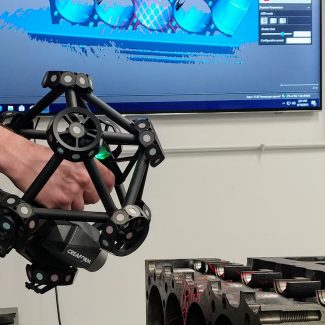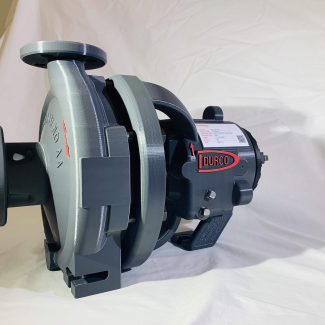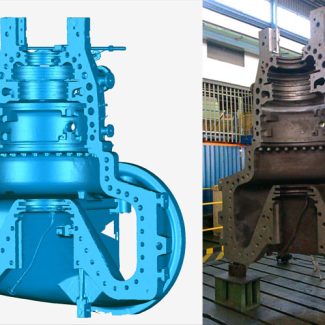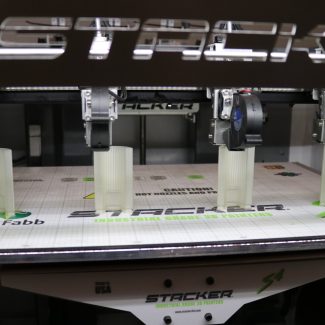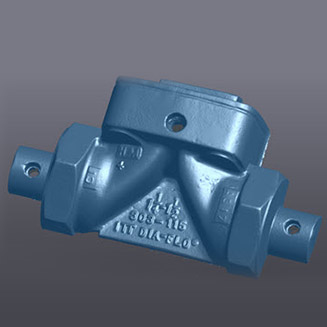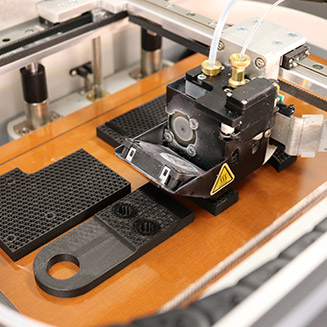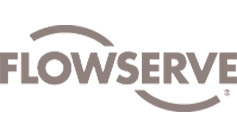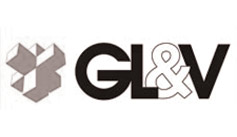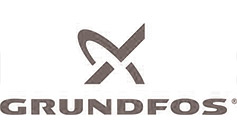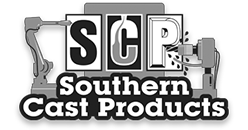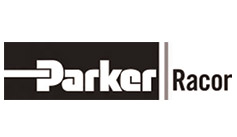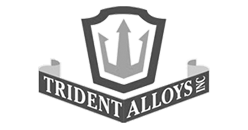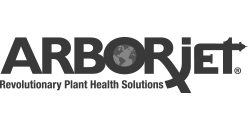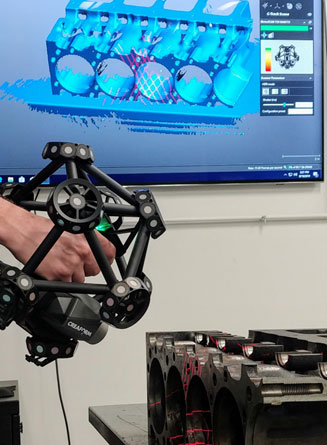
What are 3D Scanning Services?
3D scanning services involve capturing real-world objects’ shape, texture, and geometry. It then converts them into digital three-dimensional models. This is achieved using specialized equipment and software that capture millions of data points. It creates an accurate representation of the scanned object. Here’s more information about how it works:
Process of 3D Scanning
The process of 3D scanning typically involves the following steps:
- Scanning. A 3D scanner captures data points by projecting structured light or laser beams onto the object’s surface. As the beams bounce back, they are recorded by the scanner, creating a detailed point cloud.
- Data Processing. The point cloud data is processed using advanced software. Algorithms are applied to align and merge the individual data points, resulting in a coherent 3D model.
- Model Refinement. The 3D model may need refinement to enhance its accuracy and detail. This can involve removing unwanted artifacts, filling in missing areas, and optimizing the geometry.
Applications of 3DScanning Services
3D scanning services have found applications across a wide range of industries:
Manufacturing and Engineering
In manufacturing, 3D scanning allows for precise measurements and analysis of prototypes. It helps identify flaws and optimize designs. It also enables reverse engineering. 3D scanning captures existing objects and recreates their digital models.
Foundry and Casting
In Foundries, 3D scanning allows you to scan seldom used patterns and store them digitally. This avoids the need for excessive pattern storage. Patterns can be destroyed, and catsings can be made on demand from the digital file through Robomolding or sand printing.
Architecture and Construction
Architects and construction professionals create accurate built models of existing structures. This aids in renovations, space planning, and clash detection during the design phase.
Cultural Heritage Preservation
3D scanning is crucial in preserving cultural artefacts and historical sites. It creates digital replicas. Valuable objects can be archived, analyzed, and shared with the public without damaging the originals.
Healthcare
3D scanning has revolutionized the medical field. It enables the creation of patient-specific implants and prosthetics. It also aids in surgical planning, improving accuracy and reducing risks.
Entertainment and Gaming
3D scanning services capture actors’ performances in the entertainment industry. It creates realistic digital avatars for movies and video games. This enhances the visual experience and allows for accurate character representation.
Benefits of 3D Scanning Services
- Time and Cost Efficiency. 3D scanning eliminates the need for manual measurements. It reduces the time spent on data collection. This streamlines the process and reduces errors, and ultimately saves time and money.
- Accuracy and Precision. 3D scanning provides highly accurate and precise measurements. It surpasses traditional methods. This accuracy is valuable in industries that need exact measurements for analysis and quality control.
- Non-destructive. 3D scanning is non-destructive. Unlike traditional measurement techniques that may require physical contact or disassembly. It captures objects in their original state, ensuring their integrity remains intact.
- 3D scanning can be applied to various objects, regardless of size, shape, or material composition. This versatility allows the scanning of intricate details and complex geometries. It expands its potential applications.
3D scanning services have become a game-changer across many industries. These services provide many benefits by capturing precise 3D models of real-world objects. As technology advances, 3D scanning services are expected to shape the future of design and other fields. Please learn more about this technology and how we can help by visiting this page.

